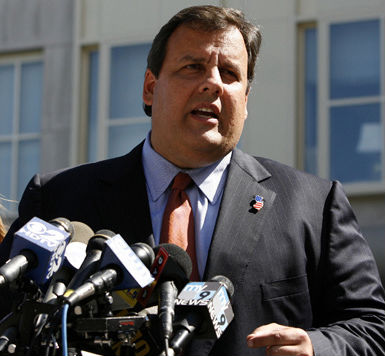Some of the world’s most prominent pension funds have been eyeing Indian infrastructure investments.
But pensions remain uninterested in the country’s debt. More from the Economic Times:
Despite record inflows in 2014, Indian debt was unable to draw attention of perhaps the stickiest investors in global arena -sovereign wealth funds (SWFs) and global pension funds. These two prominent categories constituted only 1.73% of foreign institutional investors (FIIs) assets under custody (AUC) in Indian debt in 2014 while their pie in equities was 17%.
“SWFs and pension funds participation has been tepid in debt securities compared with equities on account of two reasons. One, tight limits on government debts dissuade them from Indian debt instrument as it artificially creates demand and poses liquidity risks. Second, SWFs desire to see stability across macro variables ranging from currency to the current account deficit and accordingly , they invest for longer term. We have some semblance regarding stability, so we can see inflows to increase if things persist according to what we have seen last six months,” said head of treasury at an MNC bank on condition of anonymity .
[…]
Experts, however, believe that the phenomenon may reverse in the current year. In the last six months, the rupee has been least affected by the emerging market currency crisis. In case volatility in the rupee remains low for another couple of quarters, the outlook on Indian debt by SWFs will improve. In addition, sound decision making of the central bank, unlike the policies of central banks of Russia and Turkey, will boost confidence of these long-term investors. The central bank of the latter two countries had flip-flopped on the policy front.
The Canada Pension Plan Investment Board (CPPIB) has been active in India and considers the country a “key part” of its long term plans.









